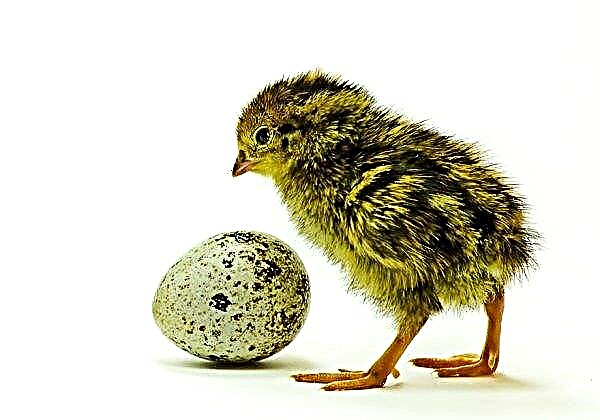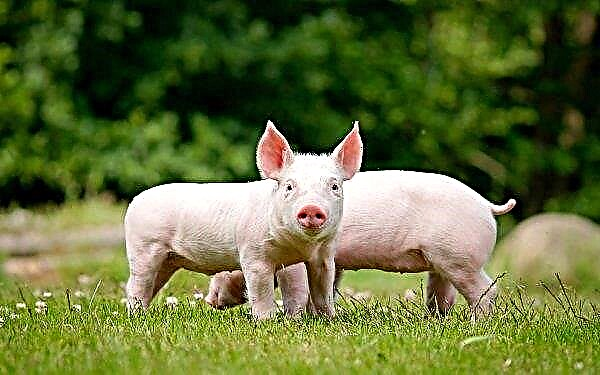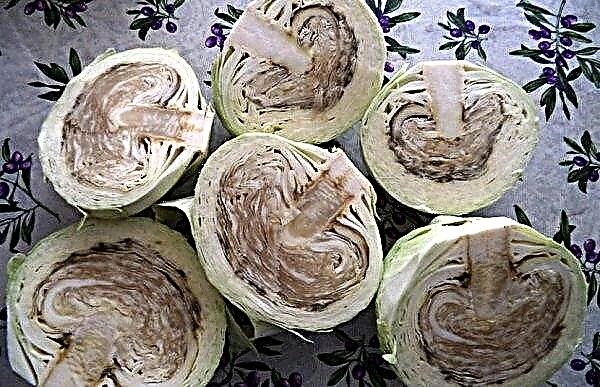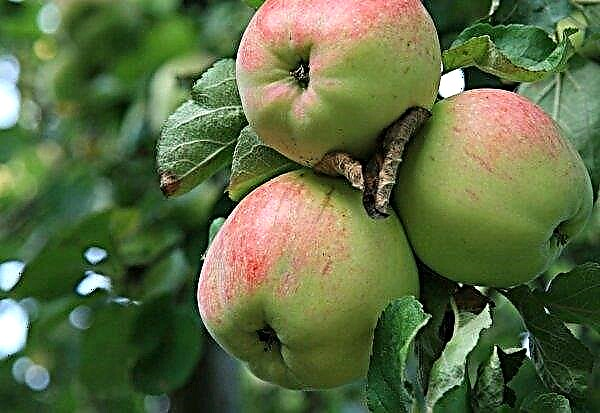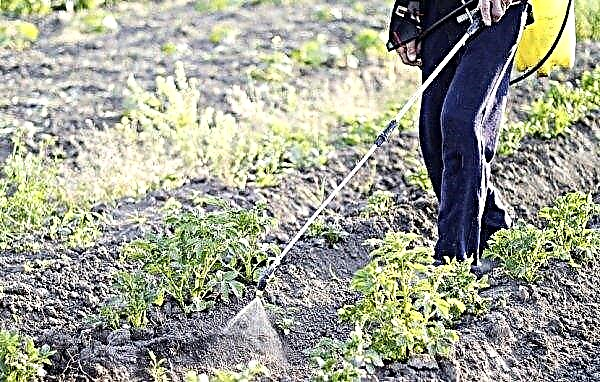In order for the first complementary feeding of the baby to be as useful as possible, you need to enter it with caution, because even an allergic reaction can occur even to such simple products as buckwheat porridge. More recently, this opinion was considered a myth, but now most pediatricians confirm the fact that cases of allergies to buckwheat among infants in their practice have become more common. To understand why this is happening and how to deal with it, you need to know the nature of this problem.
Is there an allergy to buckwheat in infants?
Buckwheat is a very healthy product that contains many vitamins, minerals and amino acids necessary for a growing body. But despite the fact that it, unlike cereals, does not contain gluten, the reaction to it can be no less pronounced and dangerous. Often it is associated with heredity, because if someone from close relatives had such a problem, the likelihood of an allergy in the child cannot be ruled out.
What in buckwheat is an allergen for babies
Buckwheat has a lot of vegetable proteins. Among them, the most useful are albumins, globulins and prolamins, which the child’s body can perceive as foreign bodies and allergens and fight them.
The likelihood of negative reactions increases if buckwheat porridge was introduced into the diet too early or if the baby is breastfed, and his mother eats too much buckwheat.Important! In no case can allergies be treated with folk remedies, because they are also often allergens, so they can aggravate the situation and even lead to anaphylactic shock.

How to understand that a child is allergic to buckwheat
Allergy to buckwheat, as well as to other products, is manifested by external signs, so it is difficult not to notice it. Of course, after you see the symptoms, you need to see a doctor so that he makes an accurate diagnosis.
Did you know? Eating buckwheat porridge for food helps to improve mood.
Symptoms
An allergic reaction to buckwheat in infants, as a rule, is manifested by the following symptoms:
- dried areas appear on the skin, and often they also itch;
- the skin in the affected areas turns red;
- a red rash and hives are noticeable on the face;
- a runny nose appears without other symptoms of a viral disease;
- red eyes;
- stomach ache, as with colic, sometimes bloating;
- a rather severe upset stomach occurs.

Diagnostics
To diagnose an infant, it must be shown to a pediatrician, as well as to specialists of a narrow profile, such as an allergist, immunologist and gastroenterologist. As a rule, this examination is enough, but sometimes laboratory and instrumental examination methods are prescribed for infants.
Before carrying out an allergy test, it is necessary to exclude all products that may be allergens from the diet of both the child and mother so that the substances that cause allergies do not enter the child’s body during breastfeeding.Did you know? Buckwheat is one of the few products that cannot be genetically modified.

How to get rid of allergies
If skin reactions do not cause discomfort and the baby feels normal, you can just cancel the buckwheat porridge for a while, and later try again to introduce it into the diet. This may be due to the fact that the child’s immune system has not yet fully formed, but as such there is no allergy to the product.
If there is discomfort, pain, itching, and over time, as the allergen accumulates in the body, the situation worsens, treatment should be started as soon as possible. 1- allergen (mast cell); 2- reagins; 3- allergens; 4- allergens associated with reagins; 5- broken granules; 6- secreted histamine
1- allergen (mast cell); 2- reagins; 3- allergens; 4- allergens associated with reagins; 5- broken granules; 6- secreted histamine
Elimination treatment
The elimination principle is based on the fact that the product that causes allergies should be completely excluded from the diet. In addition, the nutrition of both the child and the mother should not contain other potential allergens so that cross-reactions do not occur.
Typically, these include nutritional supplements, peanuts, potatoes, citrus fruits, honey, spices, and fish. In addition, it is necessary to follow a therapeutic diet, agreed with the doctor.
Preparations
To relieve allergy symptoms, the doctor may prescribe medications such as Diazolin, Tavegil, Suprastin, and other antihistamine medications. They must be taken strictly according to the instructions, strictly observing the dosage and taking into account all the indicated contraindications and side effects.
Children under 3 years old, as a rule, these drugs are prescribed in the form of syrups and drops. You need to start taking them with the lowest possible doses in order to check the reaction of the body to its components. If this reaction is normal, you can start taking in therapeutic doses.
Creams and ointments
To eliminate skin symptoms of allergies, you can use special antihistamine ointments, but only after the appointment of a doctor. Do not even choose ointments yourself, although they have only a local effect.
The most effective external remedies that eliminate the skin symptoms of allergies are Gistan, Epidel and Protopic. They have anti-inflammatory and soothing effects. But in order to remove peeling and dry skin, zinc ointment and hormonal creams are prescribed, but strictly according to the instructions.Important! If Quincke's edema occurs as a reaction to an allergen, you must immediately call an ambulance.

Recently, cases of allergies have become more frequent, and the list of products that can cause a negative reaction has increased. To prevent the occurrence of allergies, you need to enter each new complementary foods with caution, starting with the minimum quantities and gradually bringing to the desired volume. In addition, a mother who is breastfeeding a child should carefully monitor her diet, especially if she is a newborn and is also very sensitive to food allergens.

